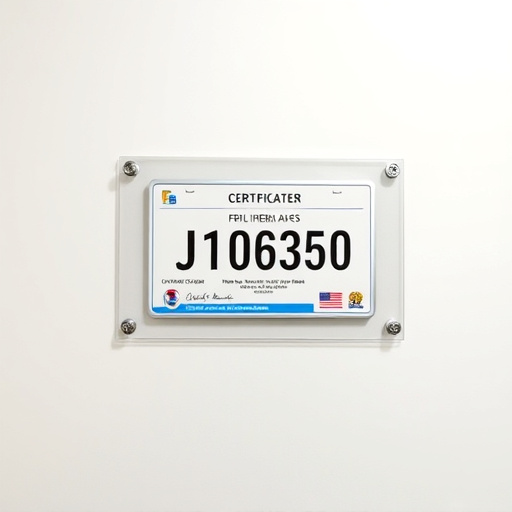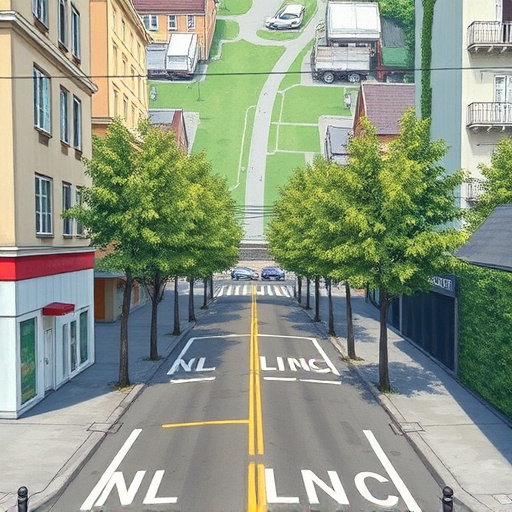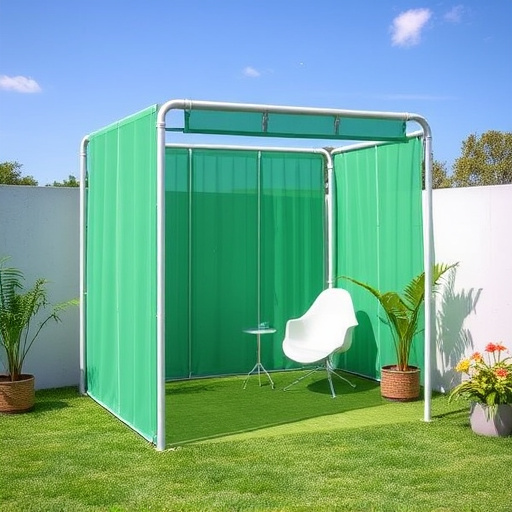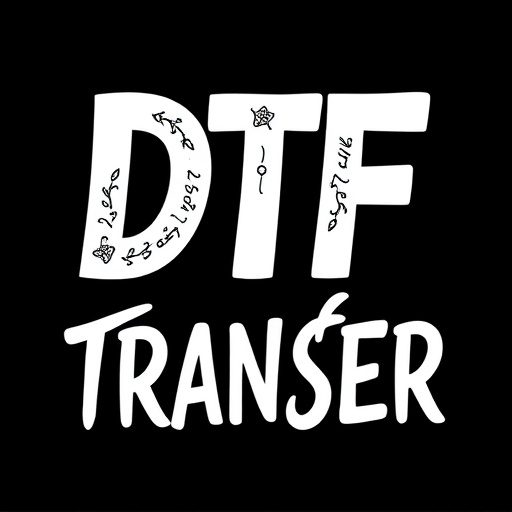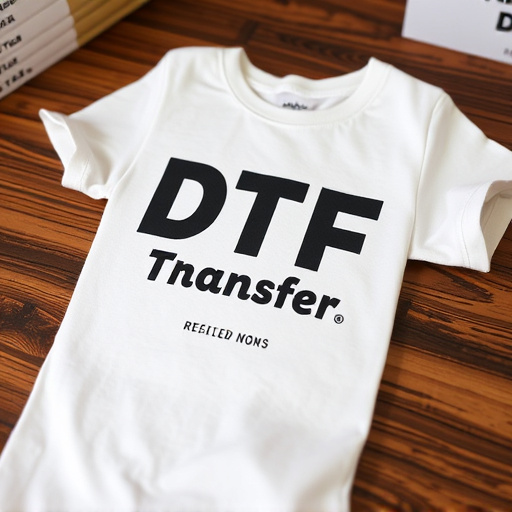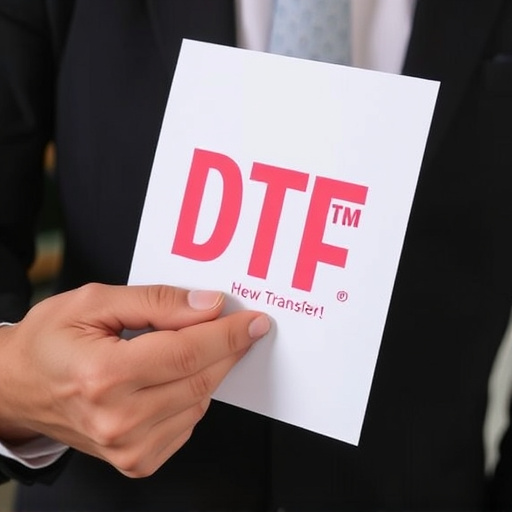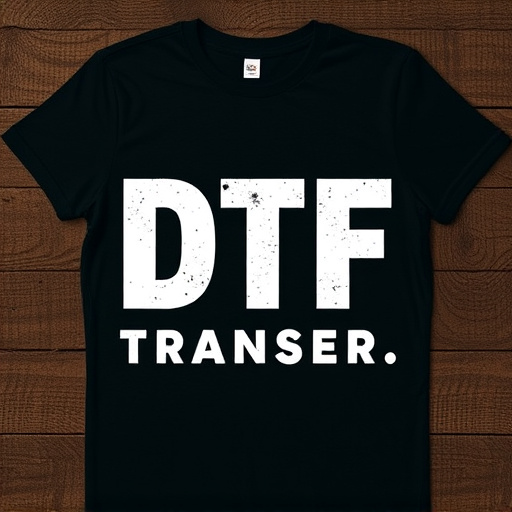Direct-to-film (DTF) technology is a game-changer in custom clothing design and printing. It offers high-quality, vibrant prints on diverse fabrics via a digital-to-film transfer process. DTF's rapid production, color accuracy, and versatility have made it popular for creating unique fashion pieces, from detailed graphics to textured patterns. Suitable for various garments and accessories, DTF transfers withstand washing, ensuring long-lasting results. The selection of inks and fabrics is key to achieving optimal prints, with water-based or solvent-based inks and cotton, polyester, or blends providing different qualities. DTF printing empowers dynamic fashion design, catering to both independent designers and major brands by enabling ever-changing, personalized collections.
“Discover the transformative power of Direct-to-Film (DTF) transfer technology in the realm of custom clothing design. This cutting-edge process offers a seamless way to create unique, personalized garments with intricate DTF prints. From understanding the technology’s workings to exploring its myriad advantages and suitable applications, this guide covers all aspects of DTF. Learn how it revolutionizes fashion, enhances creativity, and enables designers to bring their visions to life through innovative DTF printing techniques.”
- Understanding Direct-to-Film (DTF) Transfer Technology
- Advantages of DTF for Custom Clothing Design
- Suitable Clothing Items for DTF Prints: A Comprehensive Guide
- The Printing Process: From Design to Final Product
- Choosing the Right DTF Ink and Substrates
- Trends in DTF Fashion: Enhancing Creativity with Direct-to-Film Designs
Understanding Direct-to-Film (DTF) Transfer Technology

Direct-to-film (DTF) transfer technology is a cutting-edge method revolutionizing custom clothing design and printing. This innovative process allows for high-quality, vibrant prints directly onto various fabrics, making it suitable for a wide range of clothing items. DTF involves transferring ink from a digital source to a film, which then acts as a carrier to deliver the intricate designs to the fabric with precision.
The technology offers several advantages, including fast production times, superior color accuracy, and the ability to print on diverse fabrics, from cotton tees to polyester jackets. DTF printing is particularly favored for its versatility, enabling designers and brands to create unique, eye-catching prints that can be easily scaled for mass production while maintaining consistency in quality.
Advantages of DTF for Custom Clothing Design
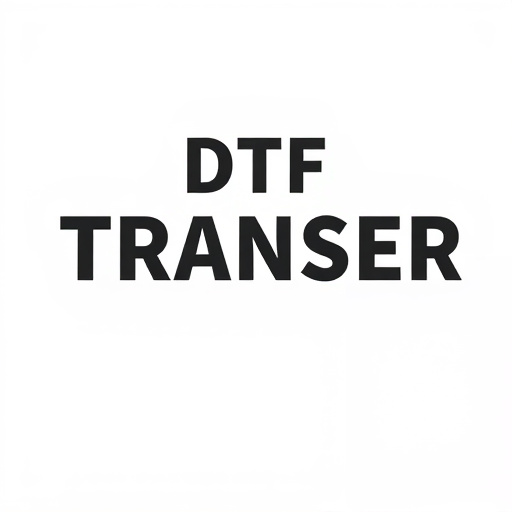
Direct-to-film (DTF) designs offer a multitude of advantages for custom clothing design. One of its key benefits is the ability to produce intricate and detailed prints with vibrant colors and high resolution, making it ideal for showcasing artistic visions on apparel. This method eliminates the need for traditional printing techniques like screen printing or heat transfer, streamlining the production process and reducing setup costs. With DTF, designers can easily achieve complex layouts and unique patterns directly onto various clothing items without the limitations often associated with more conventional printing methods.
Moreover, DTF Printing allows for on-demand customization, catering to the growing demand for personalized fashion. It enables small businesses and independent designers to efficiently create limited-edition pieces or cater to individual customer preferences. The versatility of DTF Transfer is evident in its applicability across diverse fabrics and clothing types, ensuring that custom designs can be seamlessly integrated into various apparel collections.
Suitable Clothing Items for DTF Prints: A Comprehensive Guide

Direct-to-film (DTF) printing offers a versatile and dynamic approach to designing clothing items, allowing for unique and eye-catching visuals. When it comes to suitable clothing applications, DTF technology has a wide range of possibilities. From t-shirts and hoodies to hats, bags, and even shoes, the options are nearly endless.
For t-shirts and hoodies, DTF prints excel at showcasing detailed graphics, bold colors, and intricate patterns, making them perfect for fashion-forward designs or promotional merchandise. Hats, such as baseball caps and beanies, also benefit from DTF transfers, enabling custom text and artistic embellishments. Furthermore, this method is increasingly popular for personalizing bags, backpacks, and shoes, allowing individuals to express their creativity through wearable art.
The Printing Process: From Design to Final Product
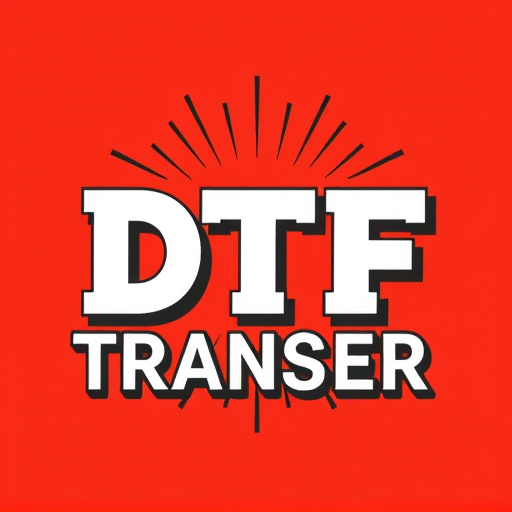
The direct-to-film (DTF) transfer process revolutionizes clothing design by allowing intricate and vibrant prints to be directly applied to various fabrics. This modern technique involves creating a digital design that is then precisely transferred onto a film, which acts as a template for the printing machine. The DTF printer uses heat and pressure to fuse the print onto the fabric, resulting in high-quality, long-lasting DTF prints.
This method offers unparalleled versatility, suitable for a wide range of clothing items, from t-shirts and hoodies to hats and accessories. The precision of the printing process ensures that designs can include fine details and complex color palettes. Once printed, the DTF transfers are durable, ensuring that the colors remain vibrant even after multiple washes, making them an excellent choice for creating trendy and unique garments.
Choosing the Right DTF Ink and Substrates
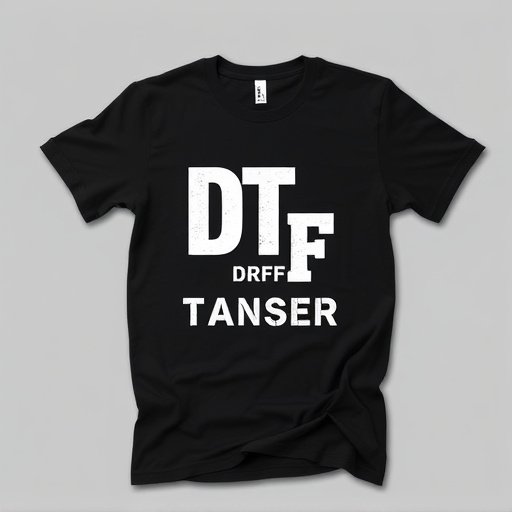
When designing for direct-to-film (DTF) transfers and prints, selecting the appropriate DTF ink and substrates is paramount to achieving high-quality, vibrant results on various clothing items. The right DTF ink should offer excellent color saturation, fast drying times, and good adhesion to ensure long-lasting prints. Popular choices include eco-friendly water-based inks and durable solvent-based varieties, each with its unique advantages for different applications.
For substrates, the option of cotton, polyester, or a blend is essential. Cotton provides a classic, soft feel but may require special treatment to enhance ink adhesion. Polyester fabrics offer superior durability and washfastness, making them ideal for activewear or items intended for frequent use. Blends combine the benefits of both, offering a balance between comfort and sturdiness. Understanding fabric composition allows for tailored DTF printing techniques, ensuring that final prints are not only visually appealing but also practical for the intended clothing pieces.
Trends in DTF Fashion: Enhancing Creativity with Direct-to-Film Designs

Direct-to-film (DTF) fashion is revolutionizing the apparel industry by offering a dynamic and creative approach to clothing design. This innovative technique involves applying graphics and patterns directly onto fabrics using specialized printing technologies, such as DTF transfers. With DTF printing, designers can bring their visions to life with vivid colors, intricate details, and unique textures, elevating the overall aesthetic of various garments.
Trends in DTF fashion showcase a fusion of art and clothing, where each piece becomes a canvas for self-expression. From bold, graphic statements to subtle, organic patterns, DTF prints cater to diverse tastes. This method allows for personalized, limited-edition collections, appealing to both independent designers and major brands. The versatility of DTF transfers enables the customization of everything from T-shirts and hoodies to accessories like bags and shoes, ensuring that fashion trends remain dynamic and ever-evolving.




